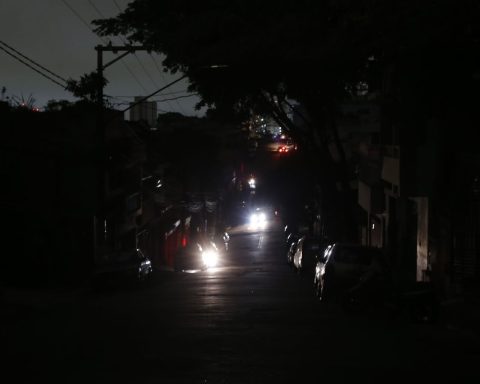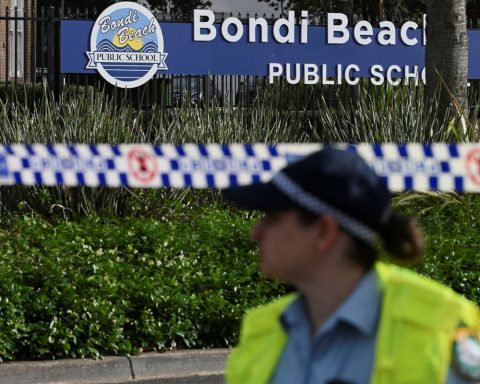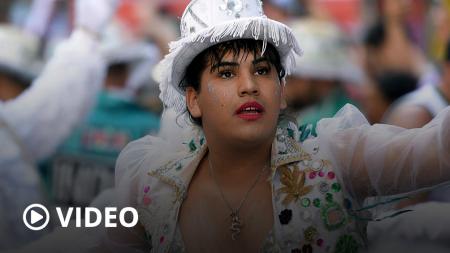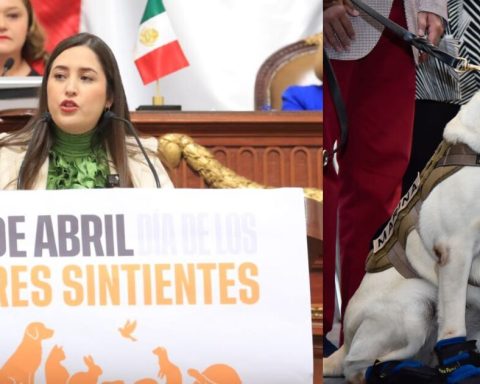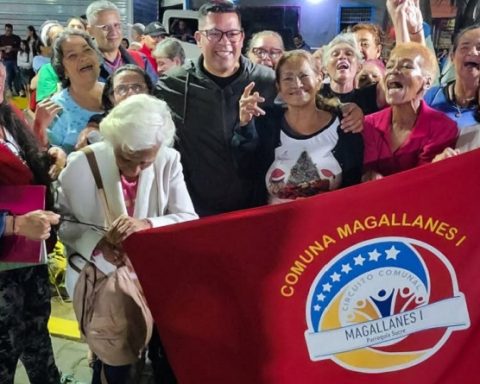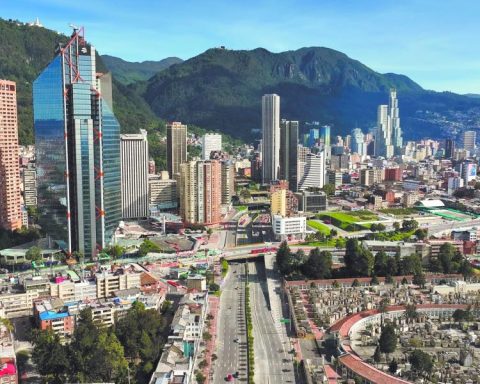Residents of Boiçucanga, a neighborhood heavily affected by the weekend storm in São Sebastião, on the north coast of São Paulo, are without water to drink. To guarantee the supply of the population, the local fishermen’s association organized itself to transport bottles of water to the community.
“We have been without water for four days. We have to get water in Barra do Una [outra comunidade do município] to transport to Boiçucanga and distribute. Todaya little water came back, but muddy water”, explains sailor Rivelino Rodrigues, who had just arrived in the neighborhood with one of the shipments.
From the faucets, the water comes out brown, full of landslides.
With the lack of potable water, some traders tried to take advantage of the situation. “Traders are renting boats from Barra de Una to Boiçucanga and selling the water for an absurd amount”, he says.
A group of tourists confirmed that there were those who wanted to charge R$98 for a gallon.
water trucks
The Basic Sanitation Company of the State of São Paulo (Sabesp) says it is working to reestablish the water supply throughout the north coast, with teams in Boiçucanga.
In São Sebastião and Ilhabela, 31 tanker trucks, according to the company, carry out emergency supplies in the places most affected by the rains.
Boats rescued with tractor
The fishermen, organized in the local association, also take supplies to the communities that suffered most from the disaster. In the city, landslides killed 43 people and left hundreds homeless.
“We took between yesterday and today around 2,500 tons of food, which we sent to various schools, and mattresses and water to where the accident happened”, says the president of the Boiçucanga Fishermen’s Association, Ademir de Matos.
Although Boiçucanga did not to have been the most affected place, Ademir tells that he was scared by the force of the flood of the river that gives name to the community. “I’ve lived here for 52 years and I’ve never seen such a natural disaster in my life,” he emphasizes.
According to him, the water reached a height of one meter inside the association’s headquarters and the fishermen’s boats had to be rescued with the help of a tractor. “Thank God, we were able to recover all the fishermen’s boats”, he says.
To the side, the river and the sea have a strong brown hue due to the large amount of clay that has descended from the slopes.
rains
This afternoon (21), it rained heavily in São Sebastião again. The Civil Defense of the municipality issued an alert with the forecast of 200 millimeters of rain from this Tuesday until next Friday (24). The mayor of the city, Felipe Augusto, also released the alert on social networks. According to the statement, there is a possibility of flooding and new landslides.
Damage in Rio-Santos
With the reopening of most points that were banned on the Rio-Santos Highway, Boiçucanga and other neighborhoods are no longer isolated. The highway remains closed only at kilometer 174. Despite the clearance for traffic, the road shows the marks of destruction caused by floods and landslides.
At some points, the track was partially eroded and there is only asphalt in one direction. Logs and boulders have not yet been removed and occupy the road in other places. At kilometer 143, a waterfall forms on the stone wall, floods the road and flows through a crater on the other side of the road.
Even with the release, in the late afternoon of today (21), there were sporadic interruptions in traffic and there was no clear information about the possibilities of continuing the trip.
Close to Maresias, merchant José Carlos dos Reis was insecure and did not know if he would finally be able to reach his destination, in Camburi (SP).
“I’ve been trying to get back home for four days now”, he said about the trip that started in Ribeirão Preto, in the interior of São Paulo. “I tried to pass through Mogi-Bertioga, I couldn’t pass. I went back through [Rodovia dos] Tamoios, because I saw the news that it was released. And when I got here, I couldn’t pass”, she told about the journey to try to return home.




